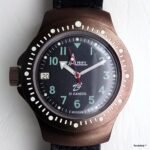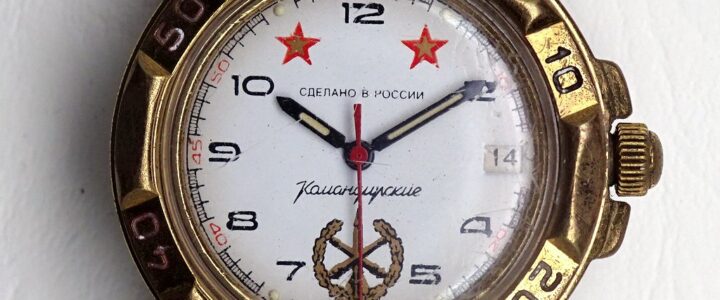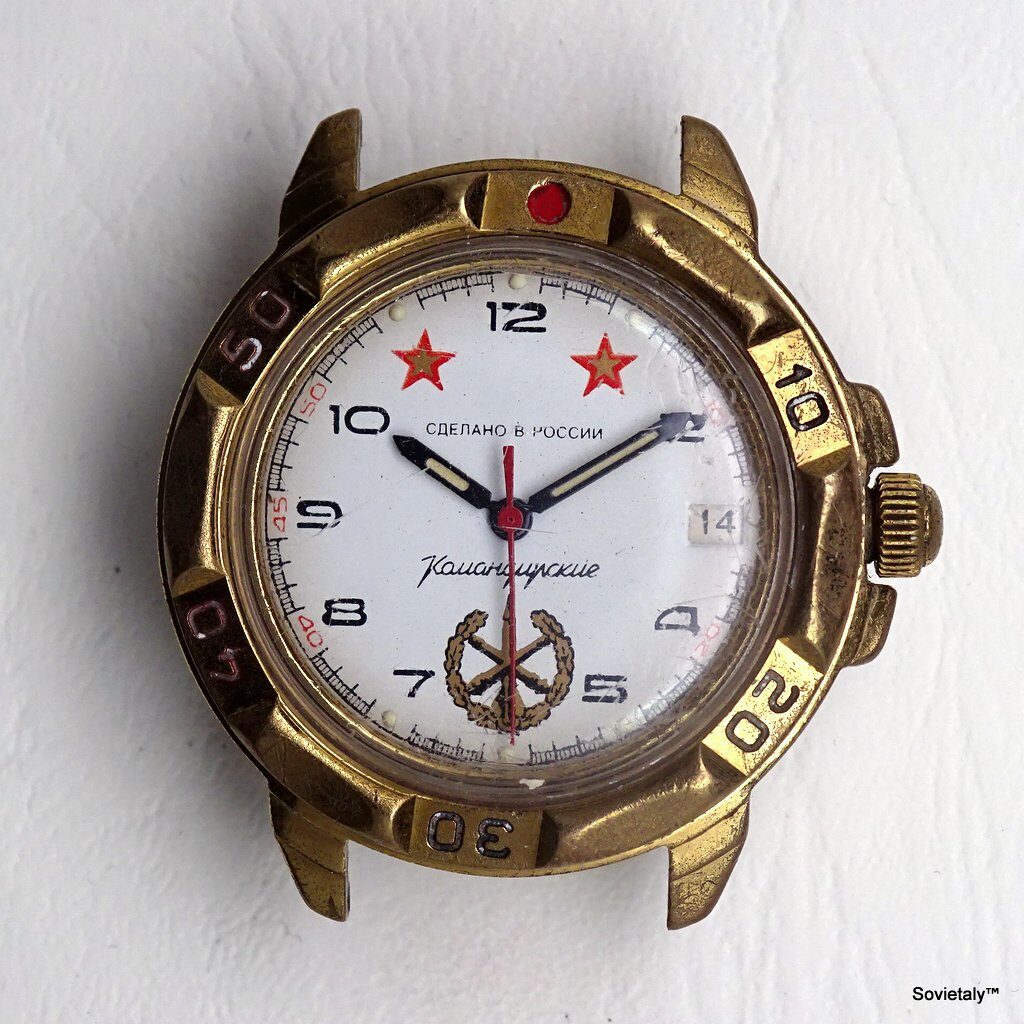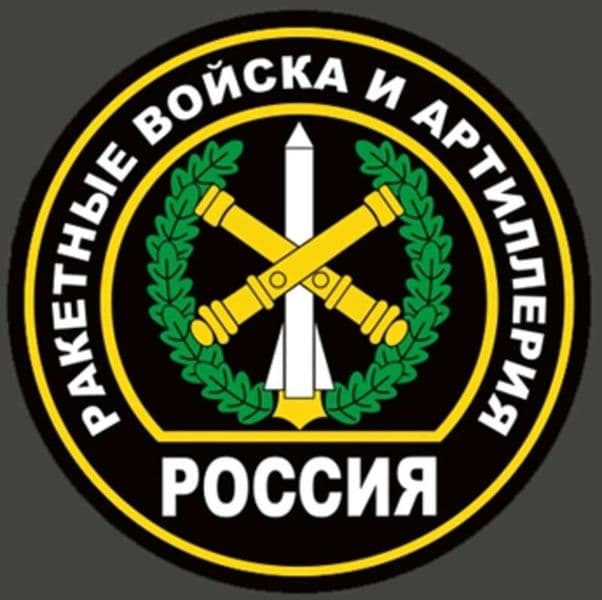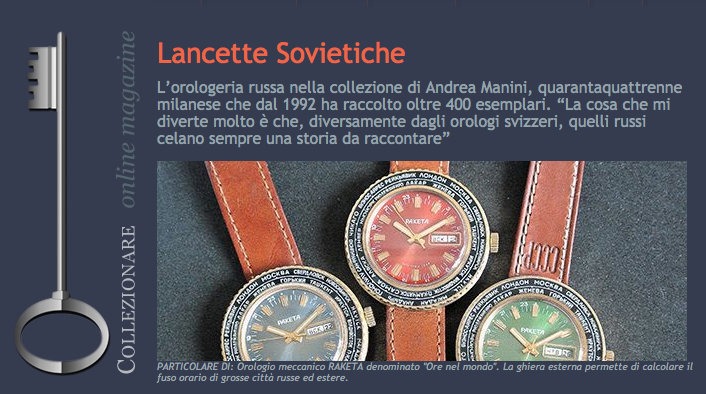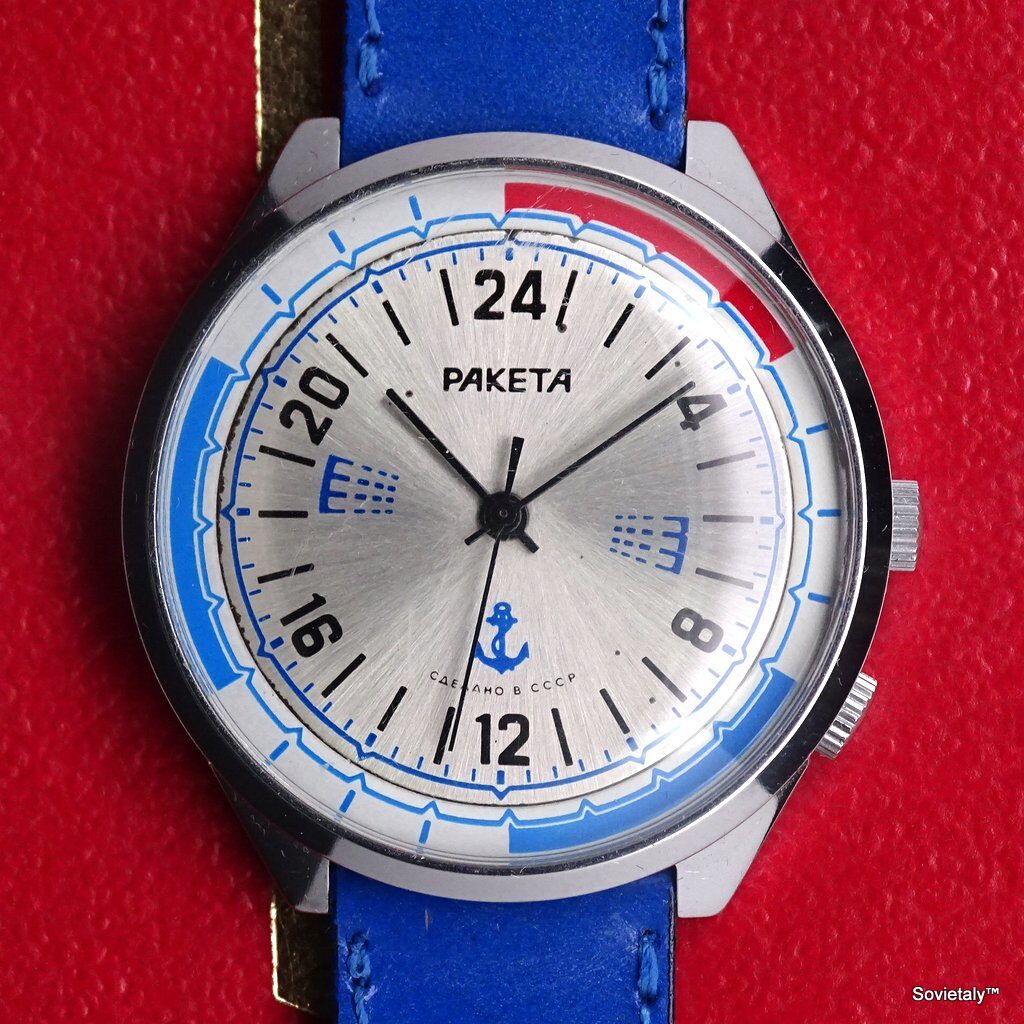
The Raketa Marine: A Classic Russian Watch with Hidden Secrets
The Raketa Marine is a beloved classic among Russian watches, known for its subtle intricacies. Produced during both the Soviet and Russian eras, this watch is highly sought after by collectors. Often regarded as a “must-have” for anyone looking to start or complete a watch collection, the Raketa Marine is not only aesthetically pleasing but also boasts several unique functions.
1. The 24-Hour Format
One of the key features of the Raketa Marine is its 24-hour format. Powered by the Raketa calibre 2623.H, a 26mm diameter manual winding movement with antishock protection, this watch stands out in the realm of Russian timepieces. Unlike conventional 12-hour watches, the hour hand of the Raketa Marine completes one full rotation every 24 hours. This results in a distinctive gap between the hour and minute indices, which we’ll explore further. Despite variations across Soviet, Russian, and GOST-branded versions, the Raketa Marine remains clear and easy to read.
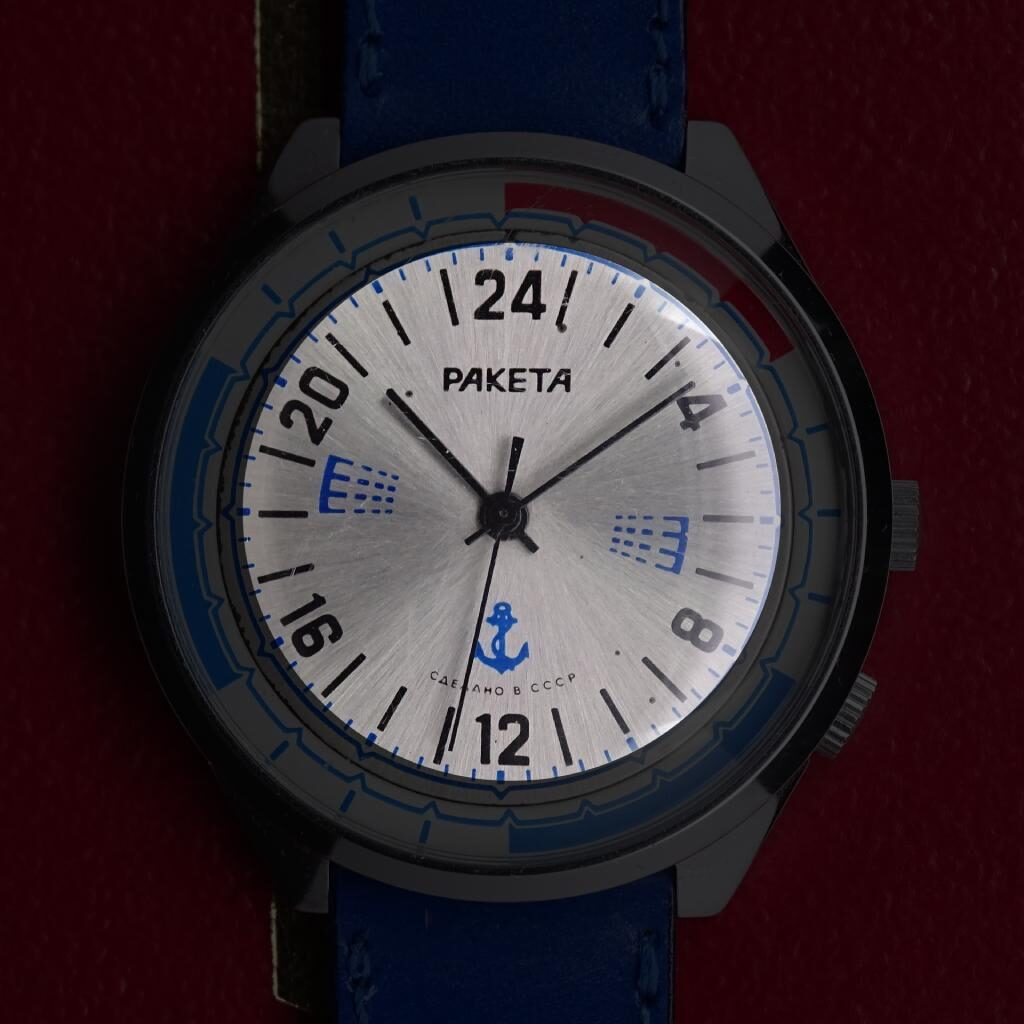
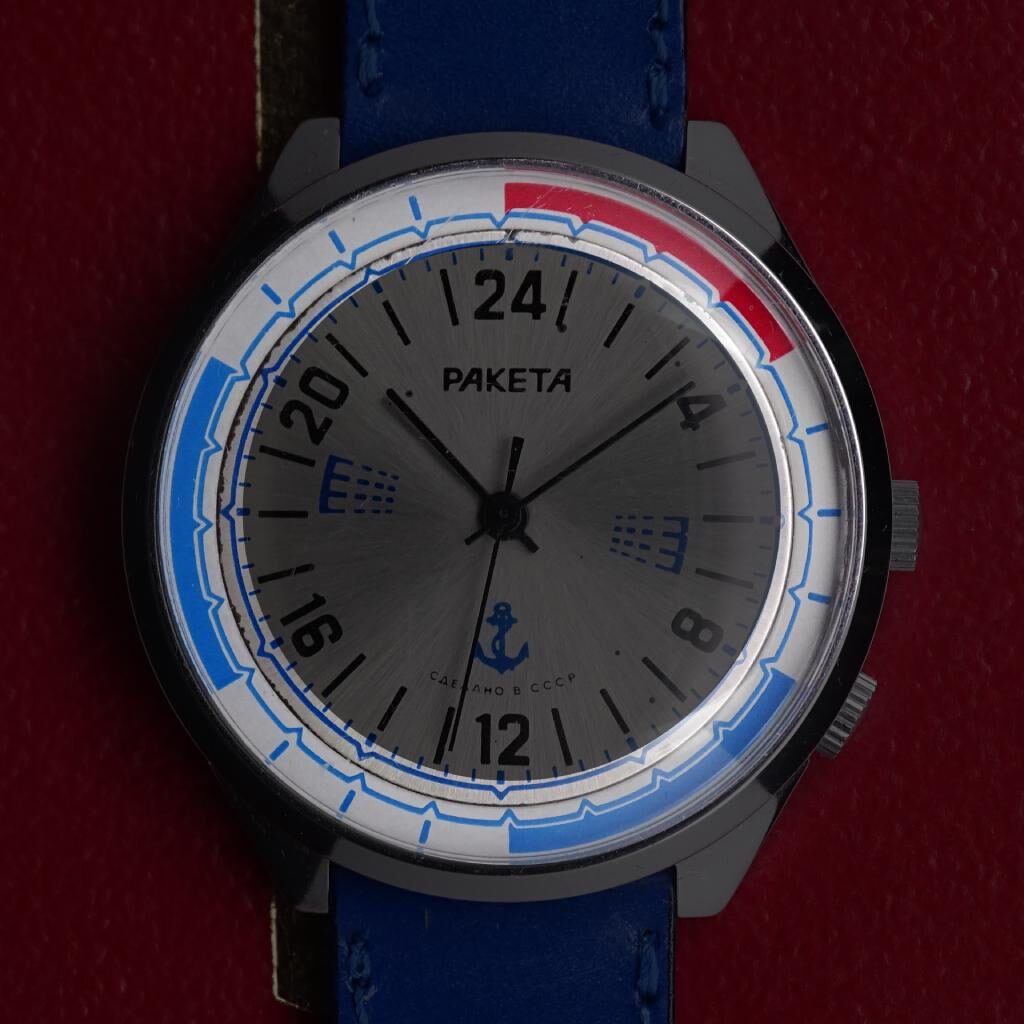
2. Tracking Watch Duty
Another notable feature of the Raketa Marine is its rotating inner ring, adjustable using a crown located at the 8 o’clock position. This ring is designed to help track watch shifts, which in naval terms consist of 4 hours on duty followed by 4 hours off. The cycles are represented on the ring, allowing for easy adjustment to mark the start of a shift. A curious aspect is the color coding: one of the four-hour shifts is marked in red, while the others are in blue. Although this might simply highlight the first shift, the precise nature of Russian design suggests there could be a deeper meaning. There’s also speculation online about dashed lines on the dial representing shower times for sailors, but this remains unconfirmed.
3. Understanding Radio Silence
The most intriguing mystery of the Raketa Marine involves the blue lines on the dial between 6:00-7:00 and 18:00-19:00. These markings, which don’t immediately reveal their purpose, hold a significant function related to maritime operations. By closely examining the watch, it becomes evident that the blue lines align with minute indices rather than hour indices. This observation, coupled with research, points to a well-known naval practice called “radio silence periods.”
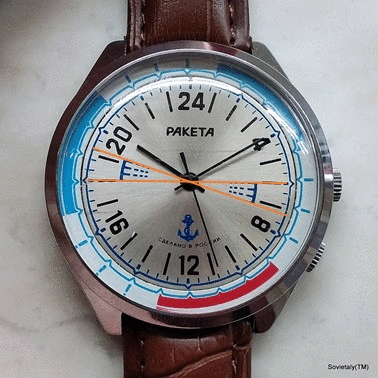
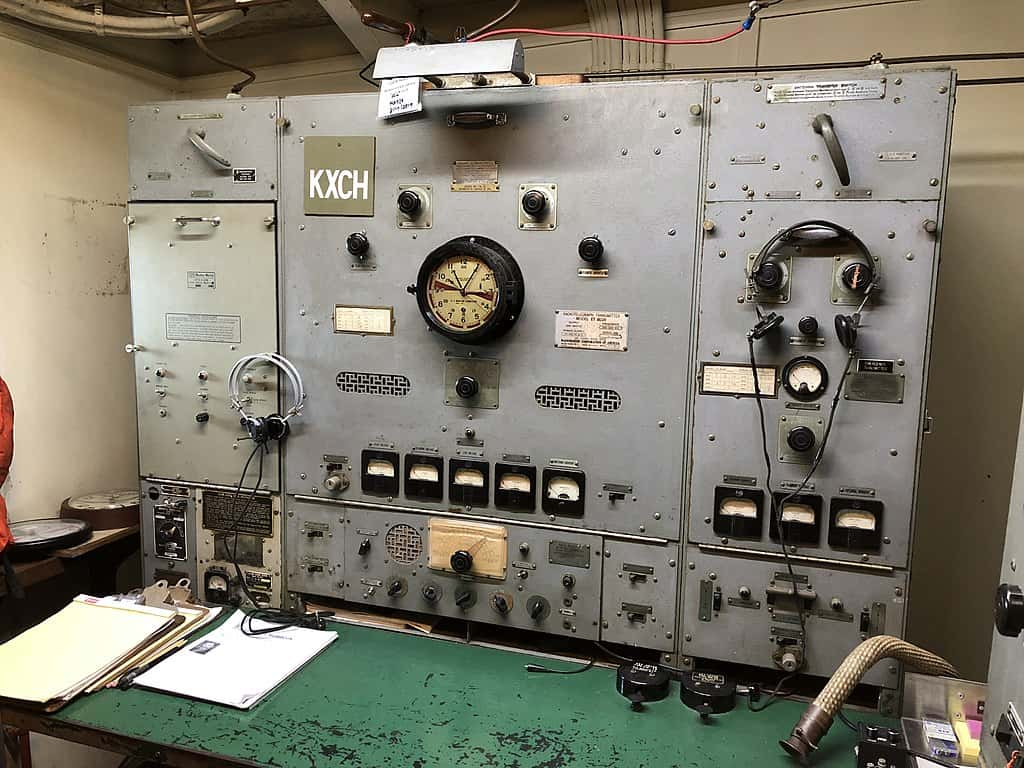
What is Radio Silence?
Radio silence is a crucial practice wherein radio operators cease transmissions to listen for distress signals. Specifically, this occurs for three minutes every half-hour, at 15-17 and 45-47 minutes past the hour. This period allows operators to pick up any SOS signals from ships in danger, particularly on the 500 kHz frequency. There’s also a separate listening period for MAYDAY messages on a different frequency. For a detailed explanation, you can refer to the page on RADIO SILENCE.
RADIO ROOM WATCHES IN ADDITION TO RAKETA MARINE
On the net, there are many examples and two often used are of famous Soviet clocks and watches:
The 500 kHz frequency

Due to the legibility issues on the watch dial, only the period related to the 500 kHz telegraph transmissions was highlighted. Listening on medium waves at 500 kHz fell out of use in 1999 after about 90 years, replaced by more modern and reliable systems. However, at the time the Raketa Marine was designed, this practice was still in effect.

Further Reading
For those interested, HERE are insights in Italian about the use of this frequency. This explanation should clarify the purpose of the small blue lines on the dial of the Raketa Marine.
Interestingly, many “Radio Room Clocks” also highlight only this band. They likely date from before the introduction of the full system with the four-time bands. Here is a historical example.
Last articles
- Raketa Big Zero: The Story Behind One of the Most Iconic Watches

- CCCP Sputnik 1 – A Watch That Celebrates the Space Age

- How to Remove Scratches from the Plexiglass of Your Watch: Complete Guide
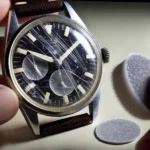
- Complete Guide to Modern Russian Watchmaking

- Soviet CCCP Watch: The History of SOVIET Watches from the ’90s
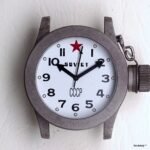
- Russian Military Watches: A Comprehensive Guide
